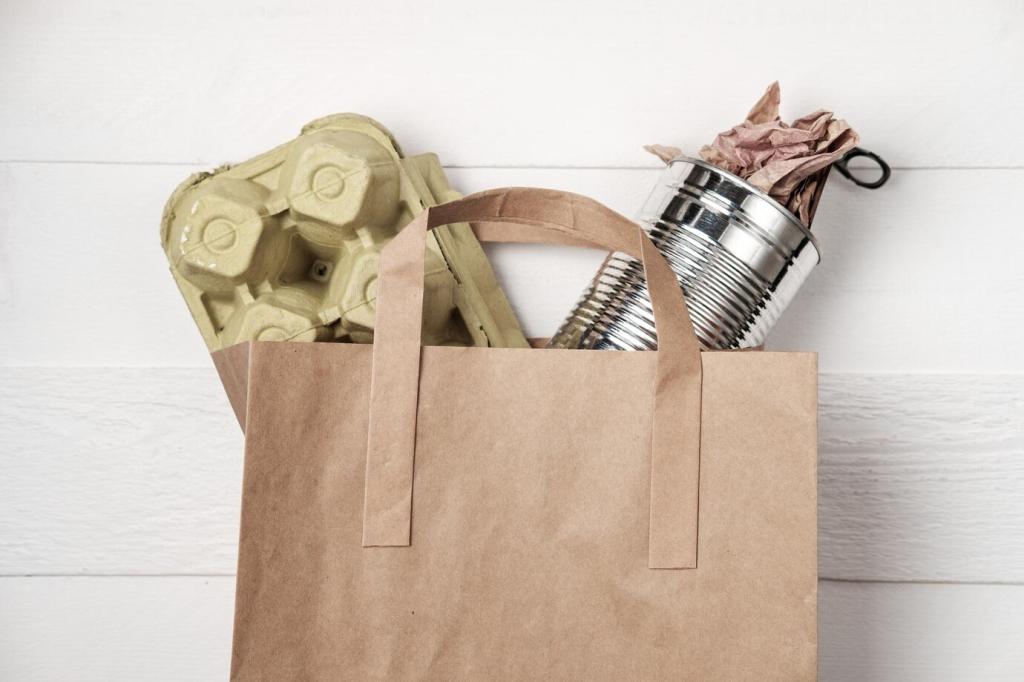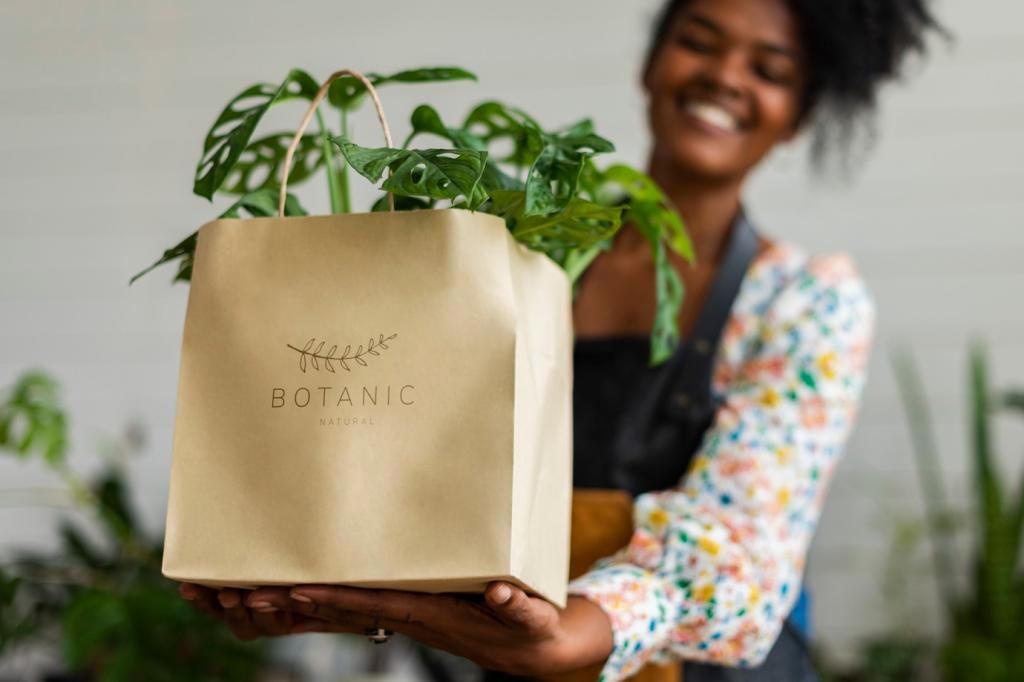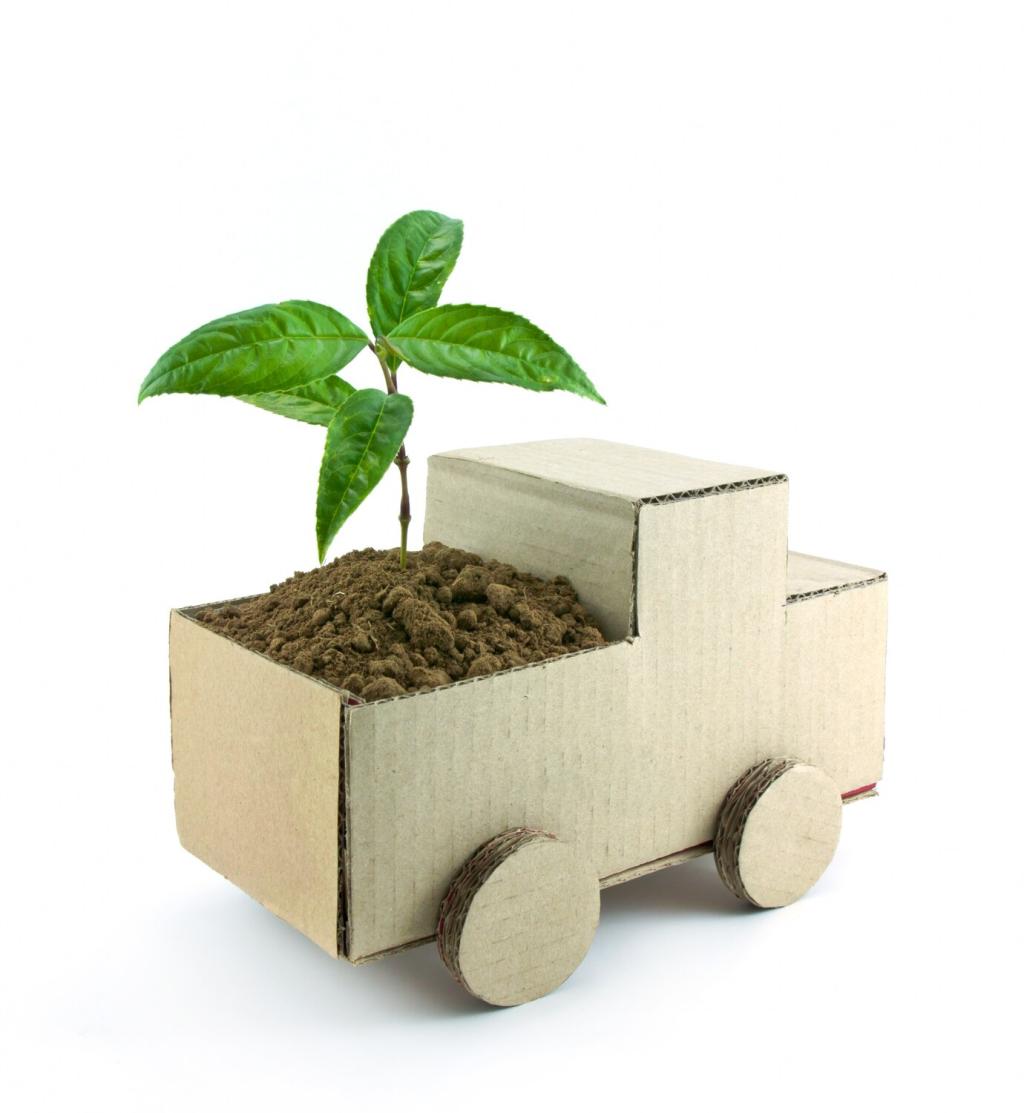Cost-Effective Sustainable Packaging Strategies
Businesses today face growing demands to minimize their environmental footprint while maintaining profitability, making cost-effective sustainable packaging a crucial objective. Adopting strategies that reduce costs without sacrificing sustainability requires a blend of innovation, resourcefulness, and industry insight. This page explores actionable approaches for companies seeking to align their packaging processes with eco-friendly principles while preserving or even improving their bottom line.

Materials Selection for Sustainable Packaging

The emergence of biodegradable materials is reshaping sustainable packaging by providing options that break down naturally after use. Such materials—derived from renewable plant sources—help companies reduce waste and cut landfill contributions. While biodegradable options historically came with a higher price tag, advances in manufacturing and supply chain integration are gradually making them more accessible and economical for businesses of varying sizes. Companies are increasingly evaluating both the direct and indirect costs of switching to biodegradable materials, including brand benefits and potential regulatory incentives, making it a promising avenue for cost-effective sustainability.

Minimization of Packaging Components
Reducing the number of packaging components not only conserves resources but lowers labor and material costs. This simplification can be achieved by re-examining the necessity and function of every packaging element, from outer boxes to internal supports. Innovative approaches include creating multi-functional parts or consolidating several roles into single materials. By minimizing packaging, businesses enhance sustainability while also streamlining packing, warehousing, and transportation, creating cost savings that accrue throughout the supply chain.

Modular and Versatile Packaging Design
Designing packaging that can accommodate multiple products or adapt to various shapes and sizes is a potent cost-reduction strategy. Modular solutions allow companies to standardize processes and reduce inventory complexity, benefiting both production and logistics. Versatile designs might include adjustable inserts, foldable structures, or configurable outer shells. This flexibility reduces the need to create and store extensive packaging inventories and enables rapid response to shifting market demands, all while maintaining a sustainable footprint by reducing waste.

Supply Chain Integration and Collaboration
Strong relationships with suppliers are pivotal for accessing sustainable materials at competitive prices. Long-term partnerships enable joint investment in greener options, bulk purchasing benefits, and shared research into new materials or processes. By involving suppliers early in sustainability planning, companies can leverage collective expertise and negotiate better terms for eco-friendly products. This collaborative approach not only helps control costs but also ensures a consistent pipeline of responsibly sourced packaging materials.
